We interrupt our regularly scheduled milkweed post…
We interrupt our regularly scheduled milkweed post to remind you that many meadows and fields in central Texas are still home to dense stands of mixed wildflowers. Here you see primarily two species that have already appeared in individual views in these pages, Mexican hats (Ratibida columnifera) and coreopsis (Coreopsis tinctoria). Note that the rays of the Mexican hats vary from virtually all yellow to almost completely brown. The traces of pink mixed in with the yellow and brown are horsemints, Monarda citriodora. This has been a good year for all three of those wildflowers.
Date: May 11. Place: Brushy Creek Lake Park in Cedar Park, an adjacent suburb to the north of Austin.
The antelope-horns milkweed series will resume presently (in its original sense of ‘soon’).
© 2012 Steven Schwartzman

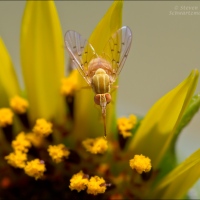
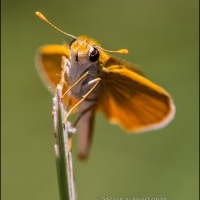
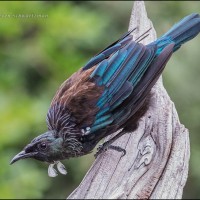
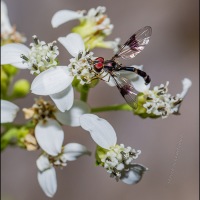
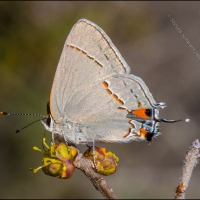
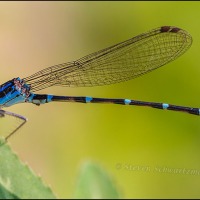

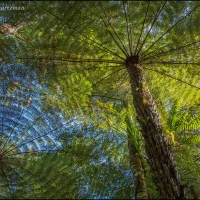
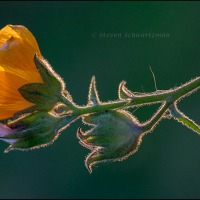
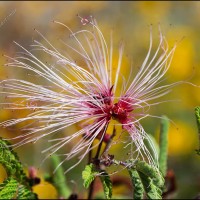
What a showing! Are any of these spectacular bloom fields in areas of the fires from last year? We discussed this then, but I was just curious if the fires there in Texas had the same effect on your wild flower blooms as happens in California after a wildfire. ~ Lynda
pixilated2
May 23, 2012 at 11:47 AM
Good that you ask, Lynda. This field of wildflowers isn’t in one of the areas that burned last year, but it is in the meadow where a colony of snow-on-the-mountain got mowed down last summer before the plants had a chance to flower. So far, so good this year.
Some weeks ago I made my first visit to Bastrop State Park, where most of the trees were destroyed by the worst of last year’s wildfires. I didn’t find displays of wildflowers as dense as what you see in this picture, but I found plenty of individual ones and some modest colonies. I photographed a white prickly poppy springing up by a grove of burned pine trees, and that picture is in the June issue of Texas Highways. Some time a few weeks from now I’ll see if I can post a version of it in this blog.
Fire is part of the natural cycle, as you pointed out, but because of the drought, last year’s destroyed 90% of Bastrop State Park as well as some 1600 homes in the area.
Steve Schwartzman
May 23, 2012 at 12:05 PM
Aaah, Mother Nature’s snappy comback! 😉
~ L
pixilated2
May 23, 2012 at 12:40 PM